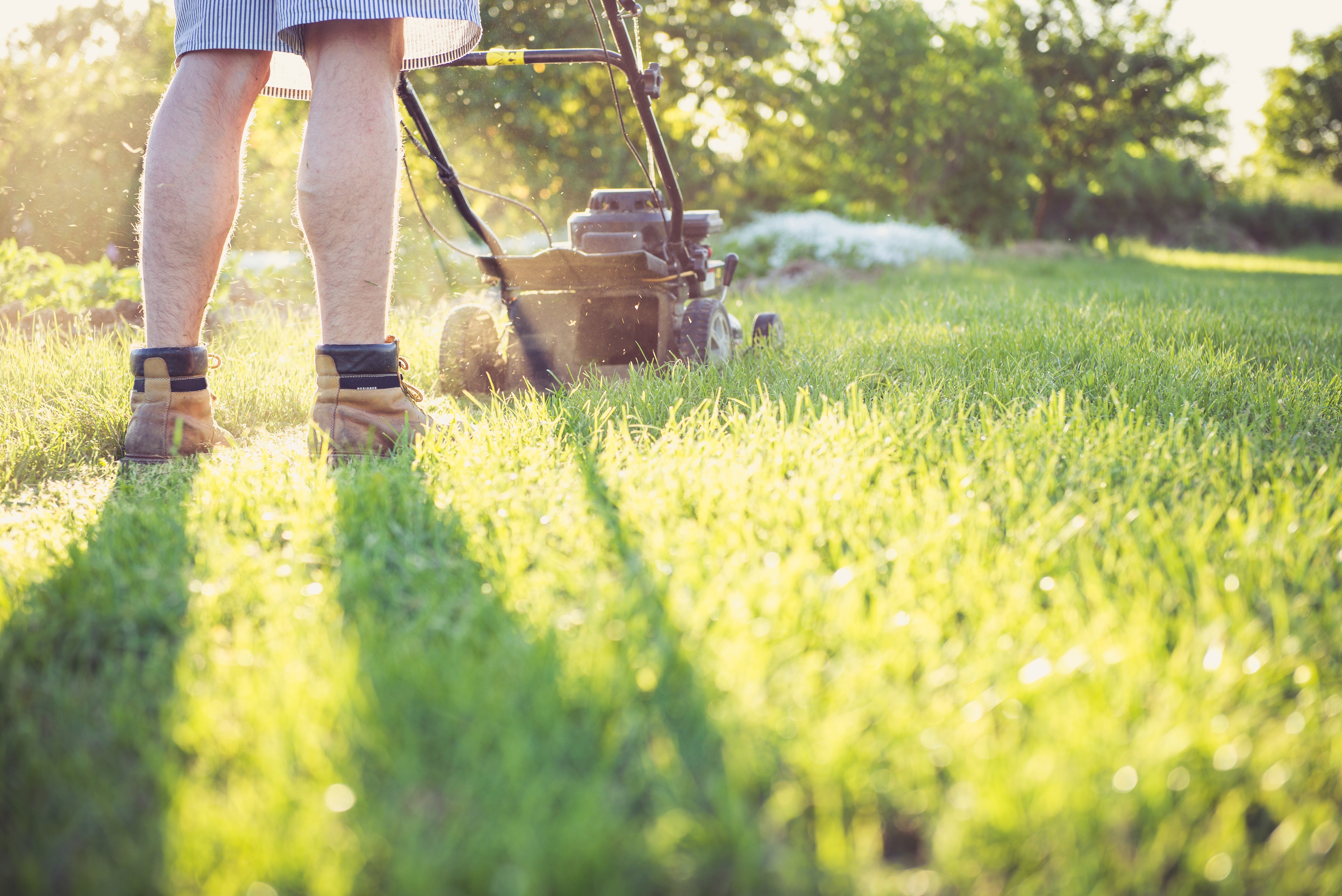
How to Plant Grass Seed for a New Lawn
Posted by Grange Co-op on 22nd Mar 2022
The most cost-efficient method to start a new lawn is by planting new grass seeds yourself. The whole process may seem complicated, but it's actually quite simple. All you need is to be willing to put in a moderate amount of effort, and you'll be rewarded with a gorgeous new lawn! We'll walk you through the process of seeding your lawn and maintaining it through its first growing season to ensure you get the results you want.
Preparing and Planting Grass Seed
If you're planning to seed or reseed your lawn, you first need to choose what kind of grass seed you want and the ideal time to plant. Not all grass types will flourish on every lawn. The seed you choose to purchase and when you plant will depend on the climate with which you live. For this article, we're going to focus on seeding and lawn care for those living in the Pacific Northwest (PNW).
Grass Type
Because of how cold it gets during the winter in the PNW, it is important to choose a cold-season grass for your lawn. Cold-season grasses grow quickly in the fall and spring and are resistant to lower temperatures. It's likely you'll choose a fescue or bluegrass seed variety. The specific grass type you choose doesn't matter as much as the importance of investing in high-quality seeds that don't contain any weed seeds.
When to Plant
The best time to plant cold-season grass is in the early fall. While it is possible to plant in the spring, the chances of a successful lawn decline. If you plant a bit too late, or the grass doesn't grow quick enough, the heat from early summer can kill the small, young grass sprouts and prevent any growth. Planting in the fall will ensure the seeds aren't killed by the heat, and grass should have plenty of time to grow before essentially hibernating for the winter.
Seeding Process
Planting grass seed is going to be the hardest part of this whole process. However, it should only take about a day of work to accomplish. Follow these steps for evenly planted grass seed:
- Measure your yard to know how much seed you need to buy.
- Prepare your lawn by removing any existing grass or debris.
- Level the ground as much as possible. This will make future mowing much easier.
- Place half of your grass seed in a variable-rate seed spreader set to spreading grass.
- Walk in straight lines in one direction across your yard. Do this until you've covered your entire yard.
- Put the remaining seeds in the spreader.
- Walk in straight lines, perpendicular to the lines you walked before. This will ensure the grass seed is evenly spread across your yard.
- Lightly rake your yard to cover the grass seeds with soil.
- Fertilize your newly planted seeds with a fertilizer designed for new grass. A fertilizer like Scotts Turf Builder is perfect for this.
- Apply a light layer of mulch to your yard where you planted the new seeds. This will help keep the soil moist, which is necessary for the seeds to germinate.
Newly Seeded Lawn Care

Watering
New grass seed is heavily reliant on moisture to survive. If the ground is too dry, the seeds won't be able to germinate, and they'll die. At the start, you'll need to water your grass at least once daily. If the days are hot and dry, water multiple times a day to keep the soil moist. Just be careful not to completely soak the ground, as too much water isn't ideal either. Once the grass has grown to about 3 or 4 inches, the point where you would mow for the first time, you can gradually cut back on watering as frequently. However, always keep in mind that throughout the first season, your grass is more delicate than ever. At this time, make sure to regularly water and take notice of any invasive weeds, hand-pulling them as soon as possible to allow your grass the best chance for continued growth.
Fertilizer
If you fertilized your grass seed when it was planted, it isn't detrimental to re-fertilize immediately. However, the extra fertilization will help the grass grow stronger. If you want to fertilize multiple times, you can do so again when it's between 3 and 4 weeks old. All fertilizers are different and are designed for a broad spectrum of plants. It's important to always read and follow label instructions to avoid over-fertilizing or burning your grass.
Mowing
As already briefly mentioned, you want to wait until your grass has grown between 3 and 4 inches before you mow for the first time. Once the grass is this length, it is important to mow because doing so will stimulate the grass into growing out across the lawn rather than just up into the air. It is also important to make sure that the lawn is fully dry when you mow for the first time. We recommend waiting until after you've mowed to water your lawn that day.
Weeds
Finding weeds sprouting up with your new grass is normal and to be expected. Even if you were careful to make sure your grass seed didn't have a weed seed mixed in, there are always dormant weed seeds in the soil waiting for the right opportunity. With new lawn seeds growing, we recommend hand-pulling sprouting weeds. In general, it's better to wait until you've mowed your new lawn at least four times before you try to exterminate the weeds with any type of herbicide. After that, you can apply post-emergent herbicides.
Plant Grass Seed for a Newer, Better Lawn
Reseeding your yard is a fantastic way to breathe new life into your lawn. While planting grass takes some patience and perseverance, the whole process is easy to accomplish and definitely worth it. If you're struggling to pick out seeds and find the supplies you need to seed your lawn, our team of Grange Gardening Experts are happy to help! Visit us in-store or online for additional resources.
